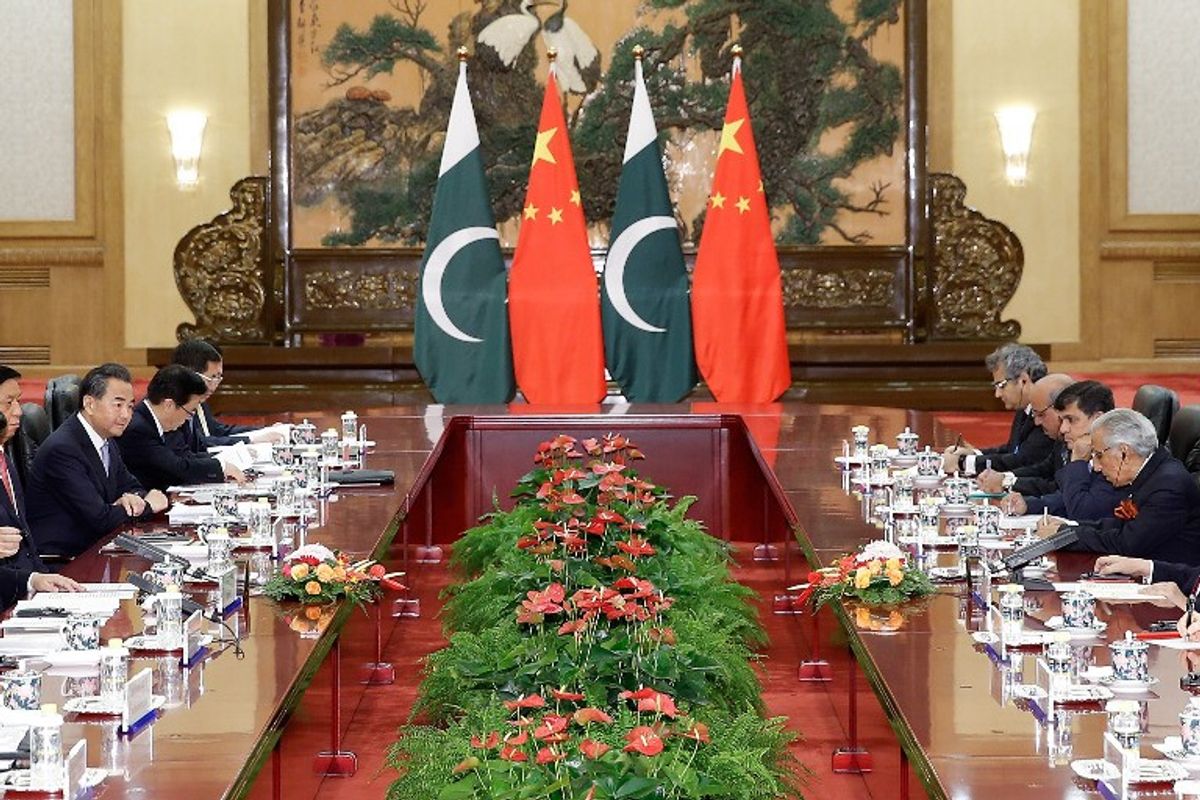On May 26th, leaders from the Group of Seven (G7) met on the Ise-Shima peninsula of Japan to hold their annual economic summit. For Japanese Prime Minister Shinzo Abe, the event could not have come at a better time. Held in the wake of an historic visit by U.S. President Barack Obama to the city of Hiroshima, the aftermath of the G7 has left Abe basking in the double glow of symbolic wartime reconciliation and international recognition. According to Professor of Public Diplomacy at Keio University and Cipher Brief expert Dr. Nancy Snow, Abe’s approval ratings have jumped to almost 56 percent this June from less than 50% in March and, as the pivotal House of Councilors election in July looms ever closer, Abe and his Liberal Democratic Party (LDP) government seem poised to win a solid majority.
However, the smiles and handshakes at Ise-Shima cover some unsettling economic realities. For roughly 20 years, Japan has been stuck in a cycle of stagnation characterized by low growth, stunted inflation, fiscal deficits, and the developed world’s largest pile of public debt. When Shinzo Abe regained his seat as Prime Minister in December 2012, he did so on a wave of popular support, built primarily around his Three Arrows plan of economic reform. Shooting the “arrows” of monetary easing, fiscal stimulus, and structural reform was meant to revitalize the country, but almost four years on, Abe and “Abenomics” have largely failed to deliver. As the glow of international attention fades, can Shinzo Abe eventually deliver on his promises?
First, it is important to recognize the scale of Japan’s problems. Many will remember the country’s swift rise to economic power in the 1980s. By 1989, the Nikkei index stood at 39,000 (it is about 15,859 today), and the Imperial Palace in Chiyoda, Tokyo, received a valuation equivalent to all the real estate in California. However, when this so-called “asset price” bubble inevitably popped in 1991, falling equity and asset prices saddled banks with stacks of bad debt, lending ground to a halt, deflation dogged the yen, and growth slowed to a crawl.
In response, successive governments attempted to spend their way out of recession with fiscal stimulus, or they tried to loosen monetary policy and kickstart lending with lower interest rates. However, despite near-zero interest rates, lending never truly recovered, and fiscal stimulus ran up public debt, while only barely warding off full-blown depression. In addition, stagnant wage growth reduced government revenues over the next two decades, while the rapid decline of the Japanese birth rate – currently around 1.4 percent – has shifted a heavier tax burden onto the young. In the period between 1995 and 2007, Japan lost $1 trillion in nominal GDP, real wages dropped 5 percent, and by 2009, the Nikkei dropped to roughly 10,300.
It is the stagnation of these two “lost decades” that Shinzo Abe attempted to reverse in 2013 with the three arrows plan. The first arrow, monetary easing, set a target inflation rate of two percent and pledged to boost nominal GDP 22 percent by pouring cash into the economy with quantitative easing and the purchase of government bonds at unprecedented rates.
The second arrow, fiscal reform, involves a raft of stimulus programs targeted at supporting young families, investing in public works, and boosting population growth, among other needy projects. It also focuses on raising government revenues and achieving a primary surplus – where government income exceeds spending before interest payments – by levying taxes and and restoring wage growth in the economy.
Finally, the third arrow promised structural reforms to tackle deeper problems, like low female participation in the work force, onerous immigration restrictions, and an overly complex regulatory environment.
Roughly three years later, Abenomics has a mixed scorecard. Shortly after Central Bank Governor Haruhiko Kuroda began to implement the first arrow, the yen finally depreciated against the dollar, Japanese exports regained some of their competitiveness, and by late 2013, the Nikkei Index had gained roughly 65 percent. Inflation still hovers near zero but, according to the Head of the Japan/Korea Desk at the OECD and Cipher Brief expert Randall Jones, “core CPI inflation, which excludes energy and food, has actually risen from negative territory to nearly one percent, matching levels in the Euro area.” Second arrow fiscal policies have also helped bring the primary deficit down from 7.8 percent of GDP in 2013 to less than 5 percent in 2015.
However, as the yen strengthens again, inflation gains remain moderate, and Kuroda’s most recent experiment with negative interest rates flounders, the momentum of the first arrow has largely stalled. Despite some gains, second arrow fiscal policies will struggle to reach the government’s goal of primary budget surpluses by 2020 or tackle the public debt to GDP ratio, which is still a whopping 230 percent. Finally, while progress has been made on trade and corporate governance, some of the most vital third arrow structural reforms, which undergird Abe’s entire strategy to restore growth to Japan, have yet to be fully implemented. These include difficult labor market reforms, immigration reform, and fiscally viable plans to address major shortfalls in welfare, childcare, and healthcare services.
The political fortunes of Shinzo Abe and his LDP government are baked directly into all these issues. To be sure, the economy is not Abe’s only or even highest priority. Security, and specifically the effort to reform Article 9 of the Constitution to allow the creation of a conventional military, is a fundamental objective for the Prime Minister.
However, for better or worse, it is the economy that has shaped his second tenure in office. In a country where popular Prime Ministers are few and far between, Shinzo Abe has set himself apart. He is the face of Abenomics and consequently the face of Japan’s economic revitalization. Photo ops with world leaders and high talk about fixing the global economy have burnished his image, but it is the success or failure of Abenomics that will define his legacy.
Fritz Lodge is an international producer at The Cipher Brief.











